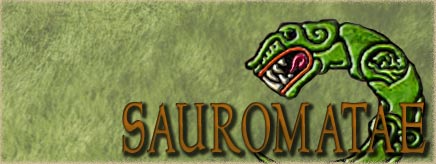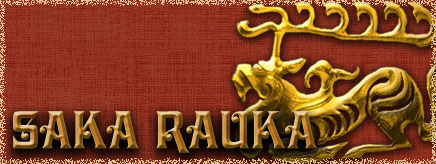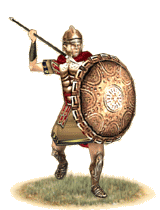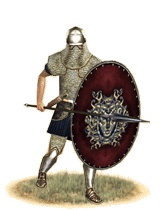I didn't say you did; in fact, if you actually reread my post (which you ironically quoted), I made it clear my contention was with Lindey-if not, ask yourself why I used the third person, rather than the second person. I was referring to the point lindeybeige himself said, about the media. while his first point is correct, it doesn't actually address why people think overhand, not underhand was used: there are other arguments aside from mere "depiction" of such. you only need to read the other posts here to see: reach, shield shape, the formation itself, prevention of "friendly poking", etc.
as I said in my post: it may depend on the situation at hand; as this is a question of how Hoplites fought in phalanx, we need to establish if overhand use (or underhand), is more relevant to depictions from Greek times of said formation.
shock (amplifying the initial power of the impact)*? knight's lances also shattered on impact most of the time-yet for some reason, Knights to my knowledge never really came to your same conclusion-at least in general. (the lance was only abandoned because the role of cavalry changed after the middle ages; the latter due to the intro of gunpowder in part, in part from the rise of professional modern armies,and so on)
and yes, whether it is knight or Hoplite, it's the same idea: using you velocity concentrated at a sharp point, well away from you, to poke into the enemy and kill him.
*see friendlyfire's post.
you also seem to imply that the losing side will just keep pushing-I might be misunderstanding you hear, but that's the implication. they wouldn't-not unless they wanted to die for nothing: if a gap was forced (as in most of these engagements), it would have meant the flanking of the pockets of losing hoplites. those would naturally be seized by fear, and haul it. so any pushing from the losers would stop. unless they're the theban sacred band. it's interesting to note however that much of the killing was when the losers started to run. but even then, you would have to ask yourself: why not be able to kill more of those routing men? and the answer is as I mentioned: once the fleeing survivors dropped their panoply in panic, they could get away from the winning hoppers.The lack of cavalry was what led me to believe that casulties were low in the first place. My point, was that if in such a tightly packed formation with people pushing into you from behind, routing would be unfeasable; the enemy could easily catch you, shield or no.
again, never said you did. reread the comment-I didn't edit it at all since I first posted it (and again, which you ironically quoted). and I was commenting on the impracticality of the spears being locked underarm in a phalanx situation. and more importantly, it was a joke. yeah, i forgot the clown smiley...And I'm the one posting a strawman? How you reached this conclusion based on what I said, I'll never know.
why would that be the case? even if the spear didn't shatter on impact, the hoplite would still be able to plunge it into the 2nd and 3rd ranks-at least in theory. and if that wasn't feasible, then all the better towards explaining why hoplite warfare was inefficient.No, I have accepted that there were counterweights, and that it allowed you to hold it furthur from the centre. The reach of the spear is gone because you have no room to wield it properly.





 " -alBernameg
" -alBernameg
 Reply With Quote
Reply With Quote







 I'll call this the M-grip for Missile
I'll call this the M-grip for Missile and this H-grip for hand-to-hand combat (I'll thus try to refrain from saying melee)
and this H-grip for hand-to-hand combat (I'll thus try to refrain from saying melee)









Bookmarks